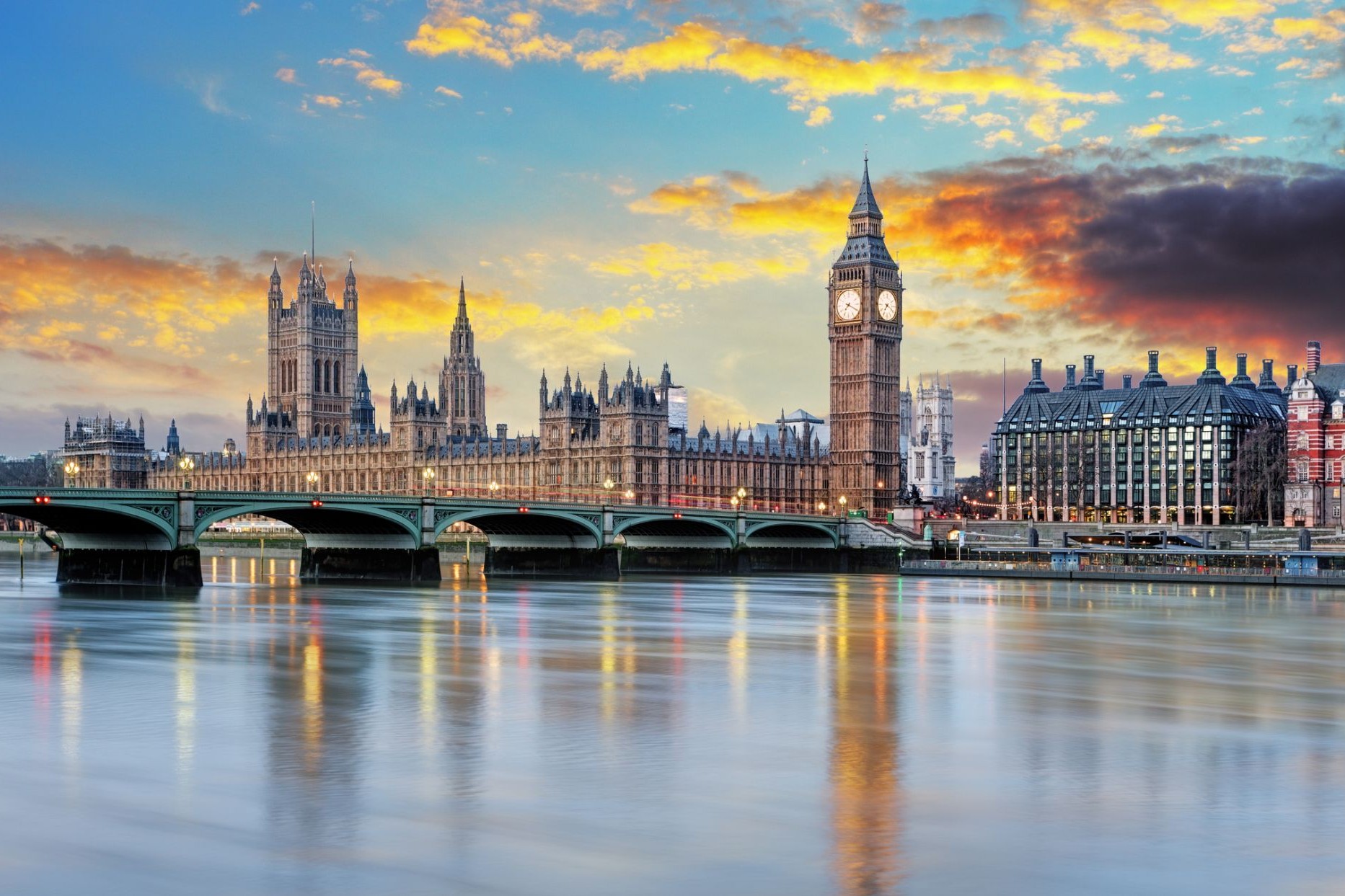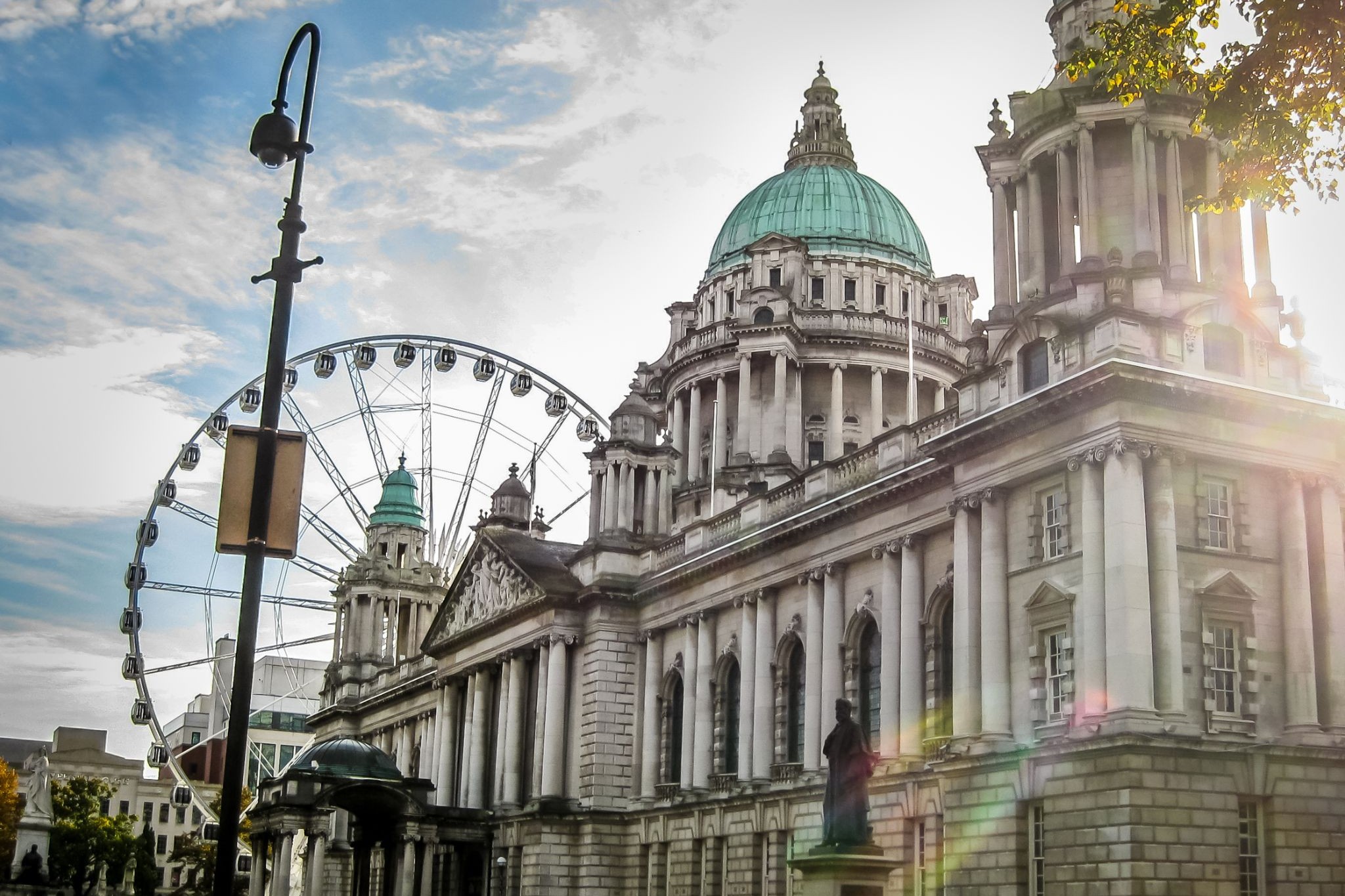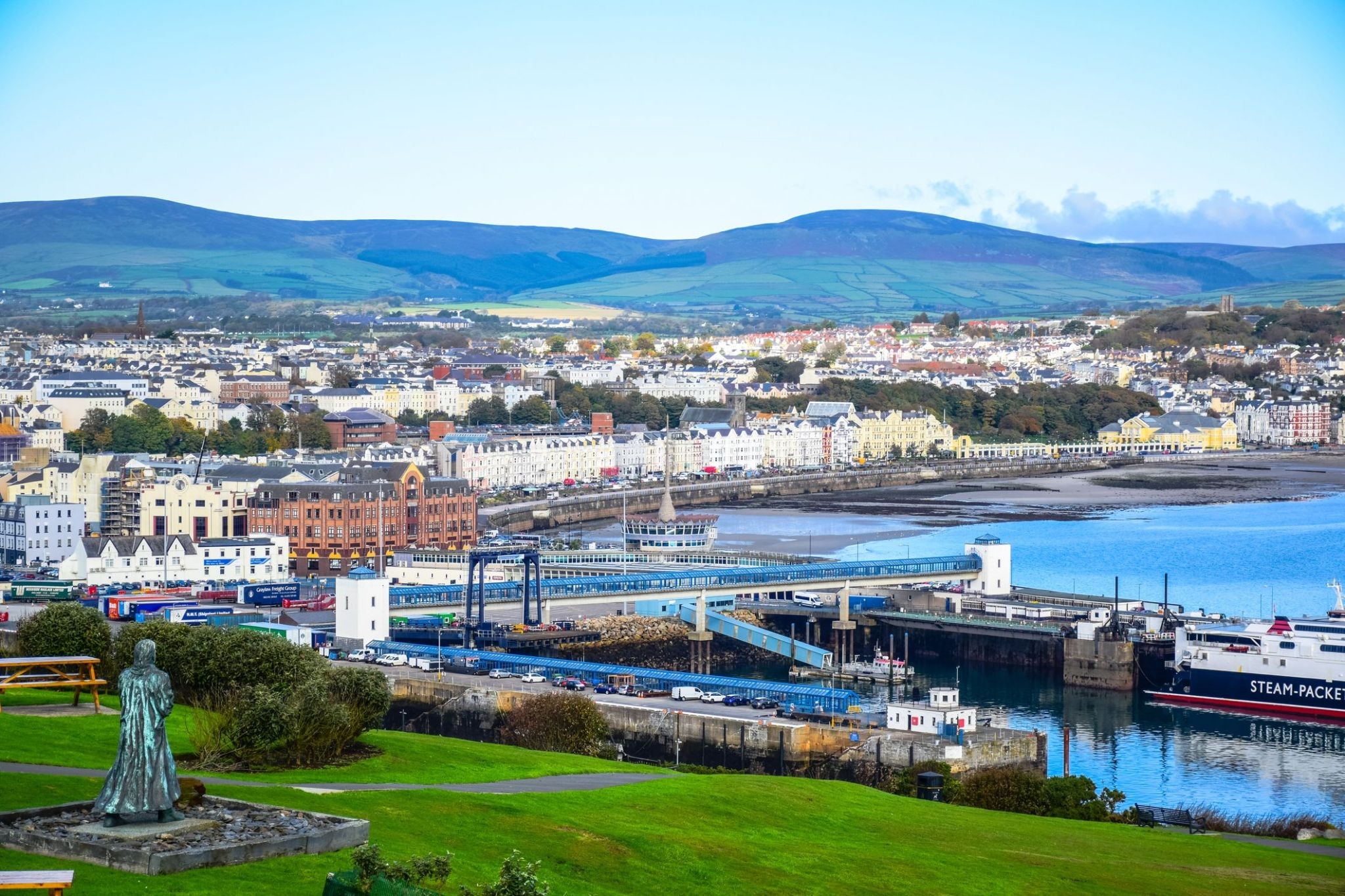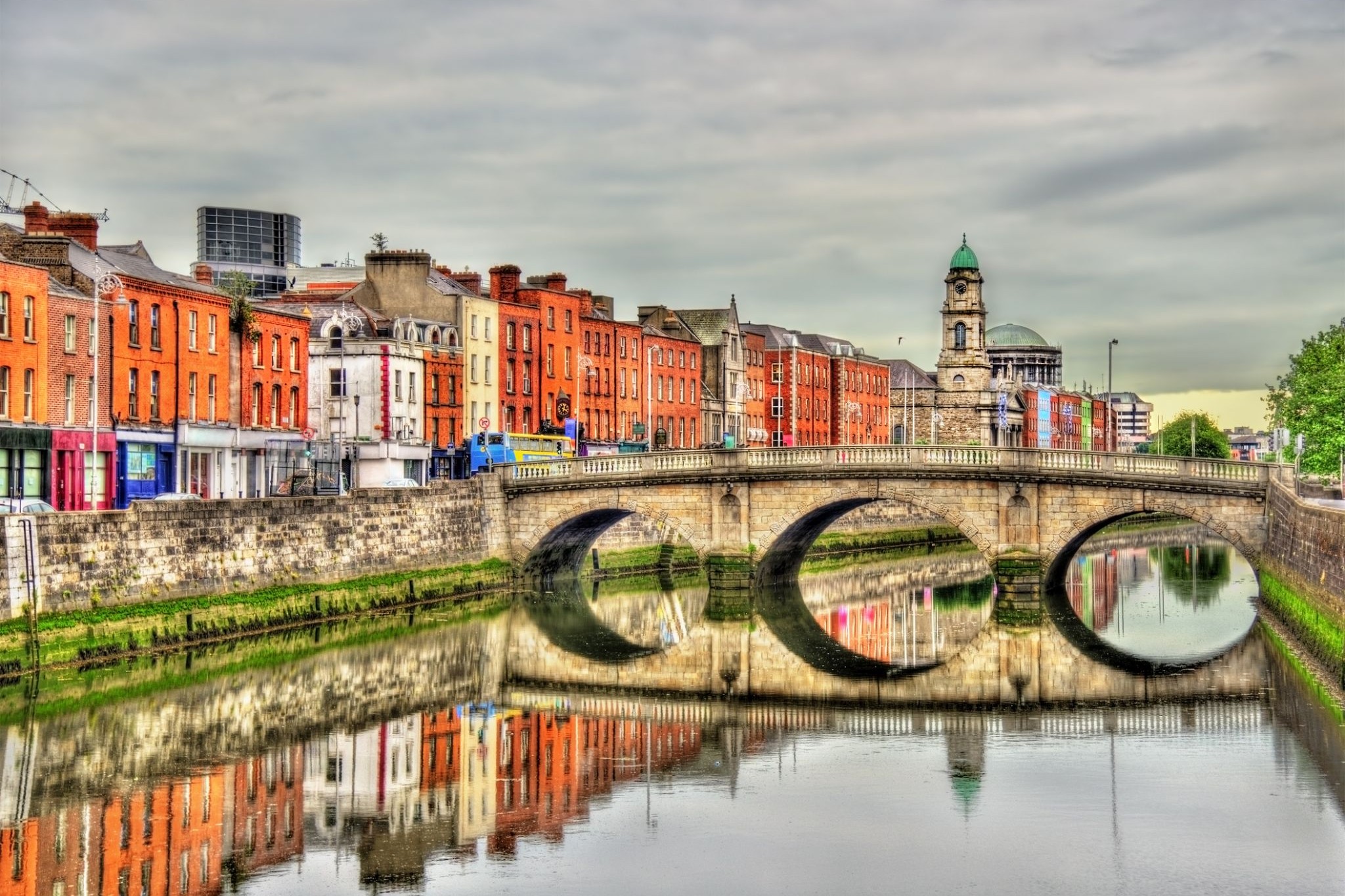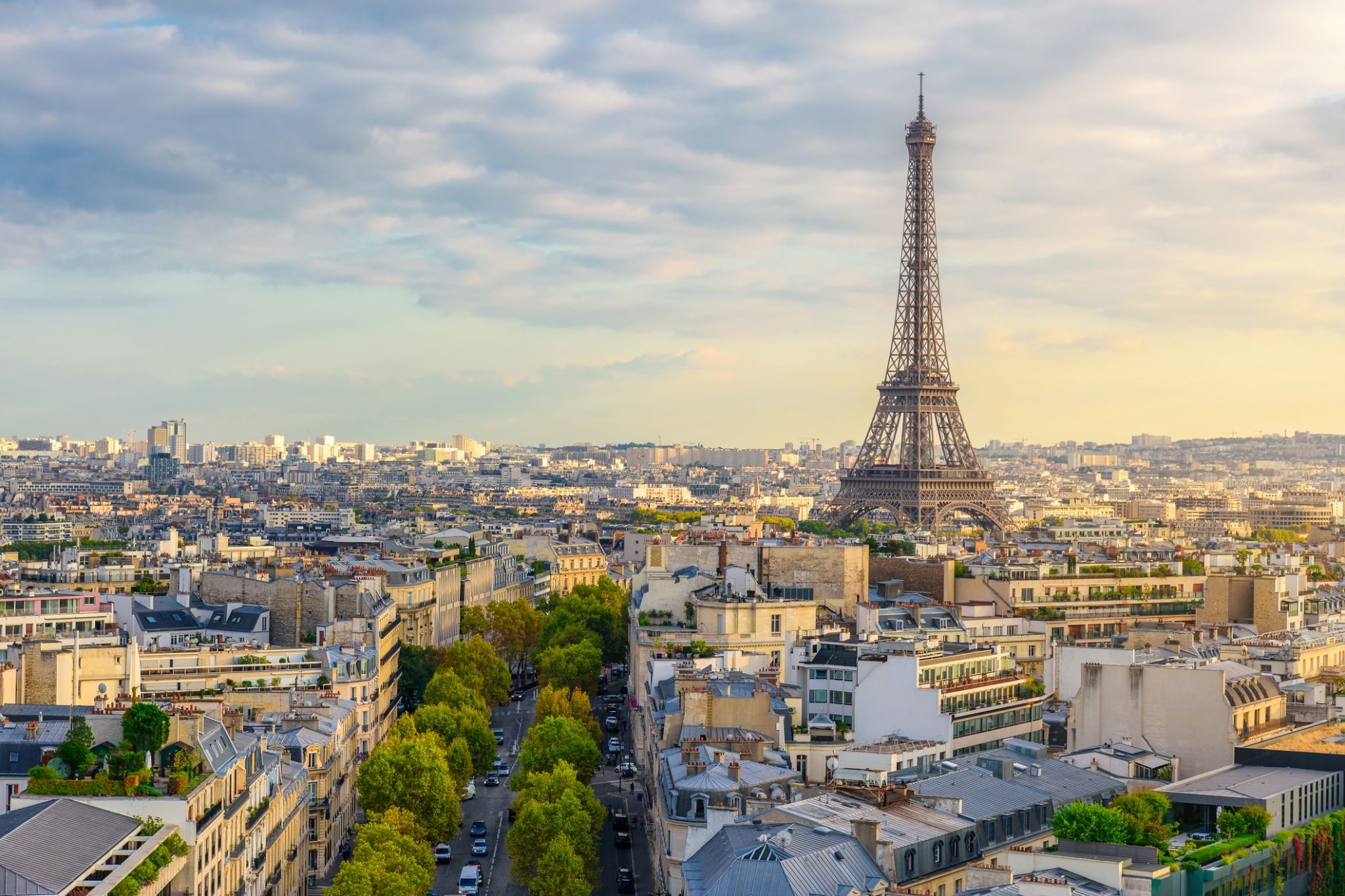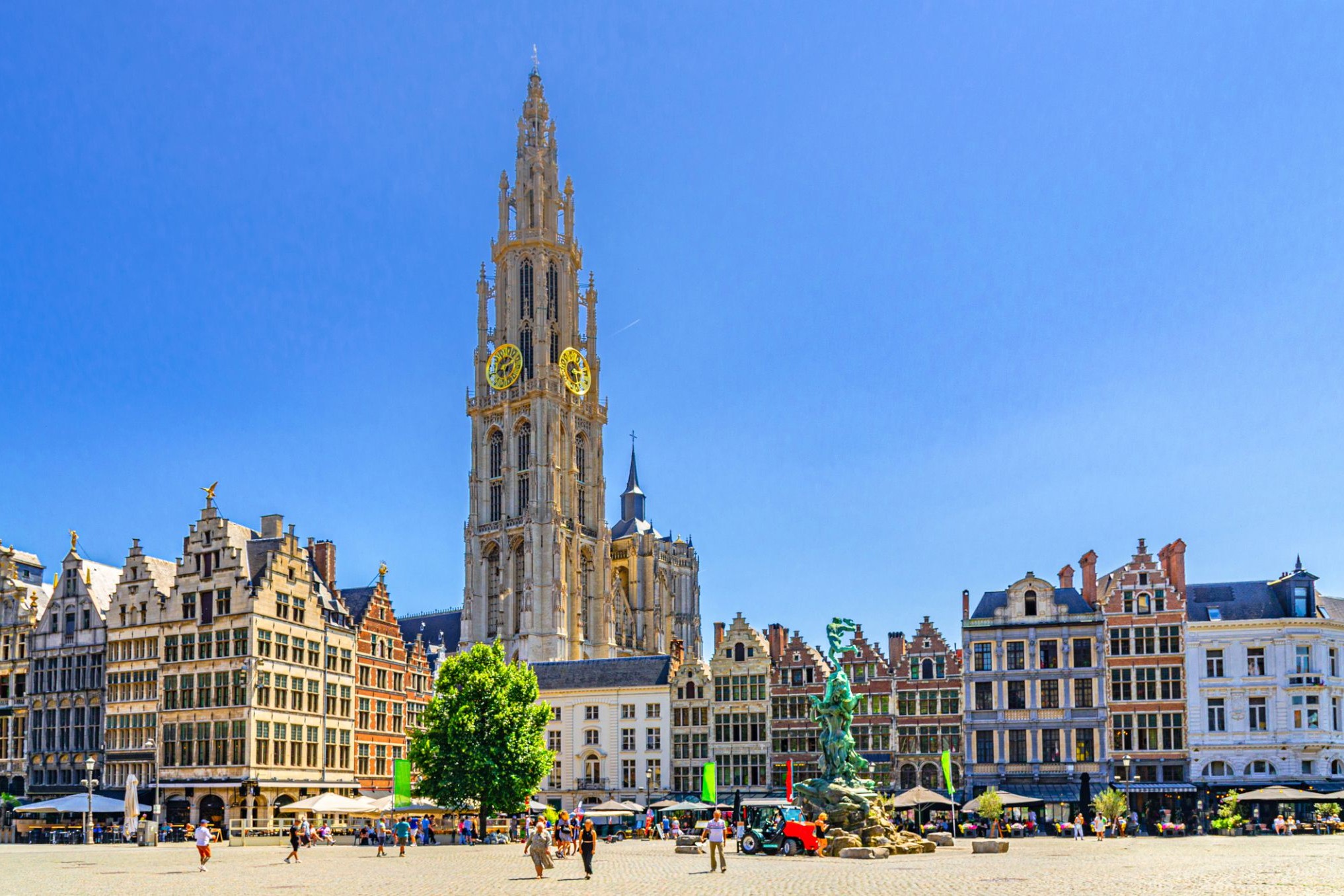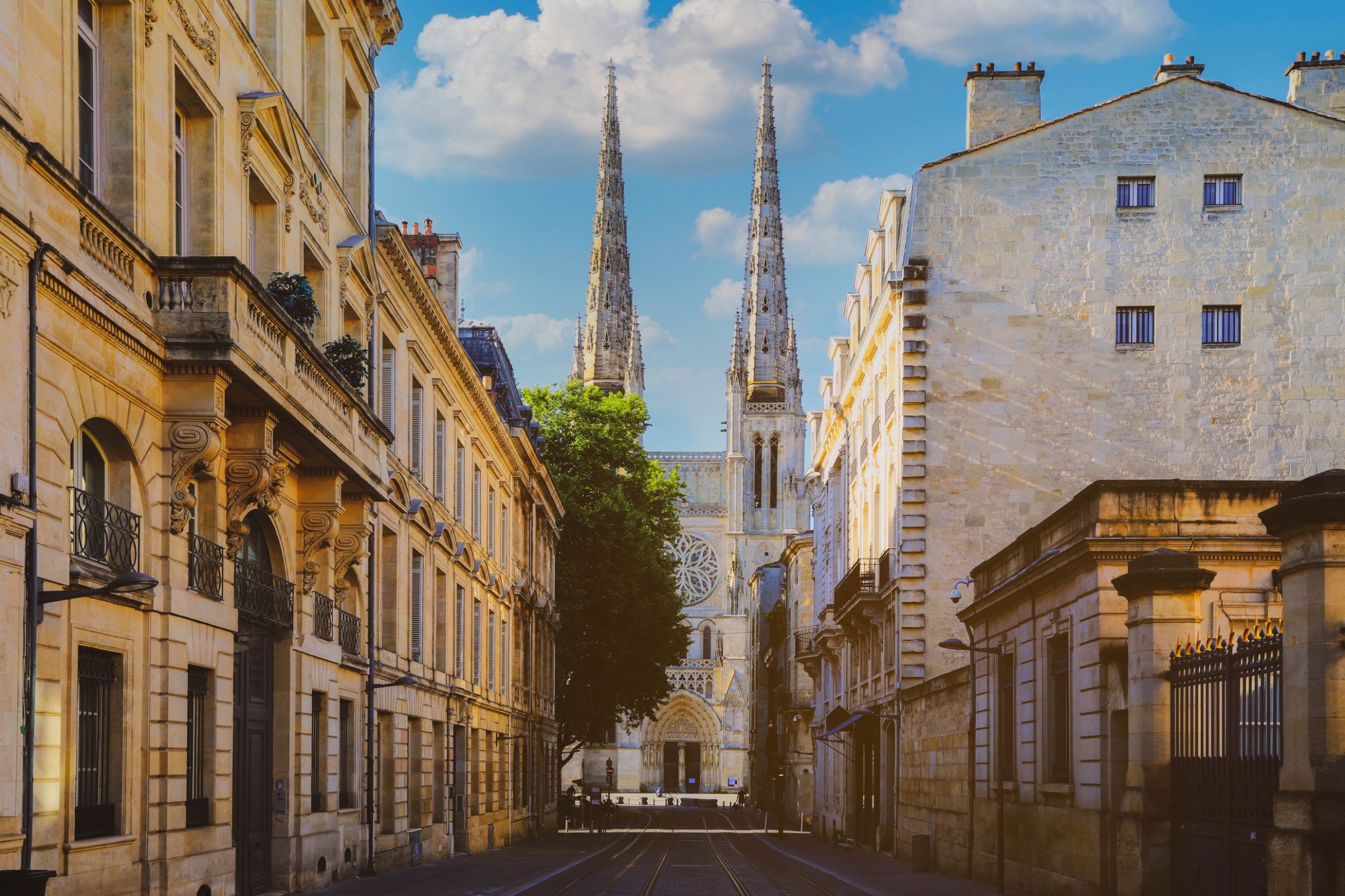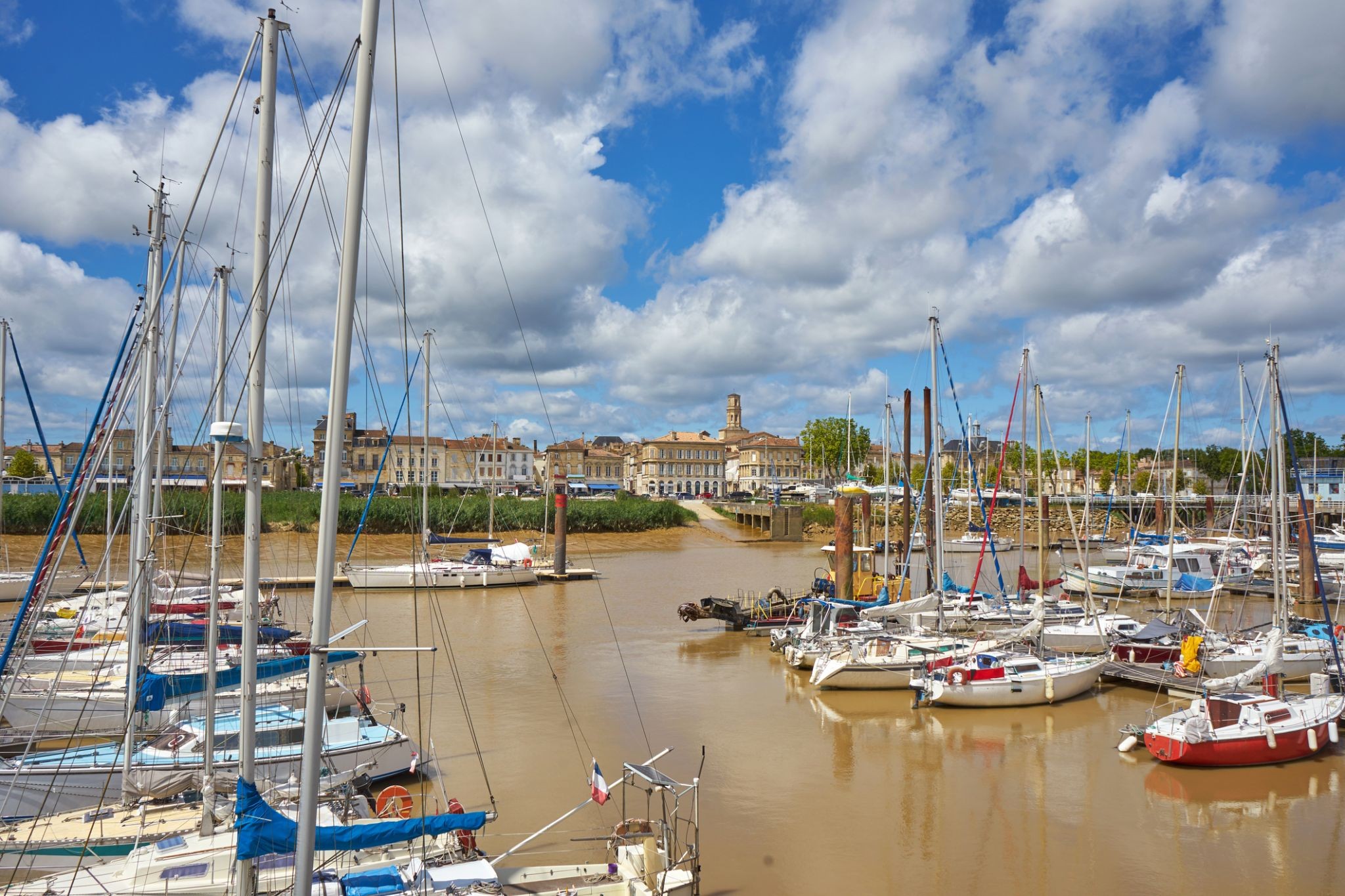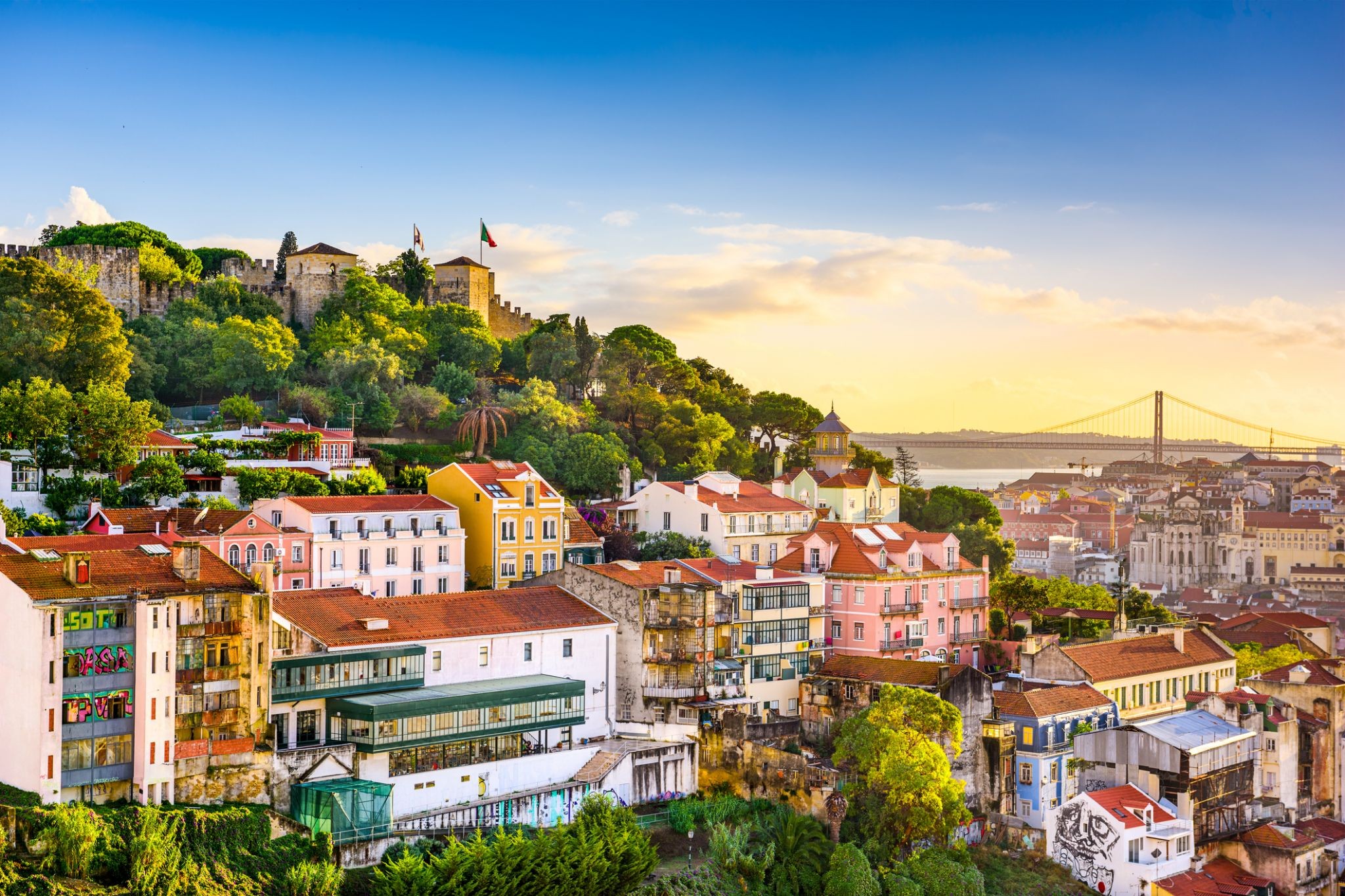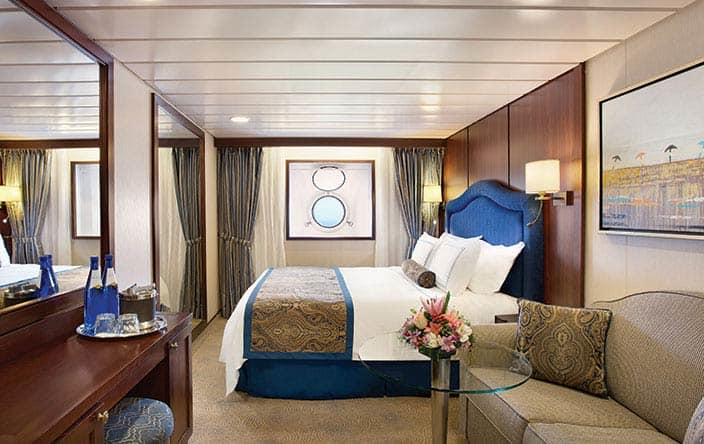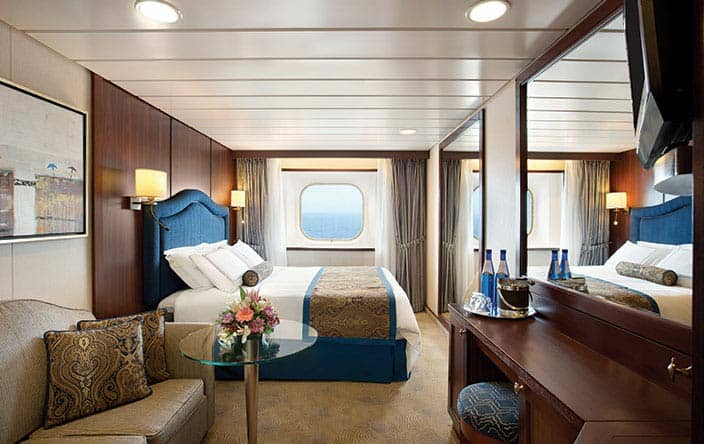Rejs 30 941 508
Europejskie horyzonty
| Firma : Oceania Cruises |
| Statek : Sirena |
| Data rozpoczęcia : pt. 12 wrz 2025 |
| Data zakończenia : sob. 04 paź 2025 |
| Liczba nocy : 22 nocy |
Harmonogram
| Dzień | Data | Port | Wypłynięcie | Odpłynięcie |
|---|---|---|---|---|
| 1 | 12.09 pt. | IJmuiden | 19:00 | |
| 2 | 13.09 sob. | Londyn / Wielka Brytania | 08:00 | 19:00 |
| 3 | 14.09 niedz. | Dzień na morzu / Morze | ||
| 4 | 15.09 pon. | Belfast / Wielka Brytania | 13:00 | 22:00 |
| 5 | 16.09 wt. | Douglas / Maine Island | 07:00 | 20:00 |
| 6 | 17.09 śr. | Dublin / Irlandia | 06:00 | 17:00 |
| 7 | 18.09 czw. | Plymouth / Wielka Brytania | 12:00 | 19:00 |
| 8 | 19.09 pt. | Paryż / Francja | 08:45 | 21:00 |
| 9 | 20.09 sob. | Dunkirk / Francja | 11:00 | 21:00 |
| 10 | 21.09 niedz. | Antwerpia / Belgia | 09:00 | |
| 11 | 22.09 pon. | Antwerpia / Belgia | 19:00 | |
| 12 | 23.09 wt. | Używany | 06:00 | 16:00 |
| 13 | 24.09 śr. | Paryż / Francja | 07:00 | 21:00 |
| 14 | 25.09 czw. | Dzień na morzu / Morze | ||
| 15 | 26.09 pt. | Zatoka (Cork) / Irlandia | 07:00 | 18:00 |
| 16 | 27.09 sob. | Dublin / Irlandia | 07:30 | 17:00 |
| 17 | 28.09 niedz. | Dzień na morzu / Morze | ||
| 18 | 29.09 pon. | Bordeaux / Francja | 12:00 | |
| 19 | 30.09 wt. | Bordeaux / Francja | 12:15 | |
| 19 | 30.09 wt. | Pauillac / Francja | 15:00 | 19:00 |
| 20 | 1.10 śr. | San Sebastian La Gomera San Sebastian la Gomera / Hiszpania | 09:00 | 19:00 |
| 21 | 2.10 czw. | Gijon / Hiszpania | 08:00 | 18:00 |
| 22 | 3.10 pt. | Dzień na morzu / Morze | ||
| 23 | 4.10 sob. | Lizbona / Portugalia | 06:00 | 18:00 |
-
 Dzień 1: 19:00
Dzień 1: 19:00IJmuiden
-
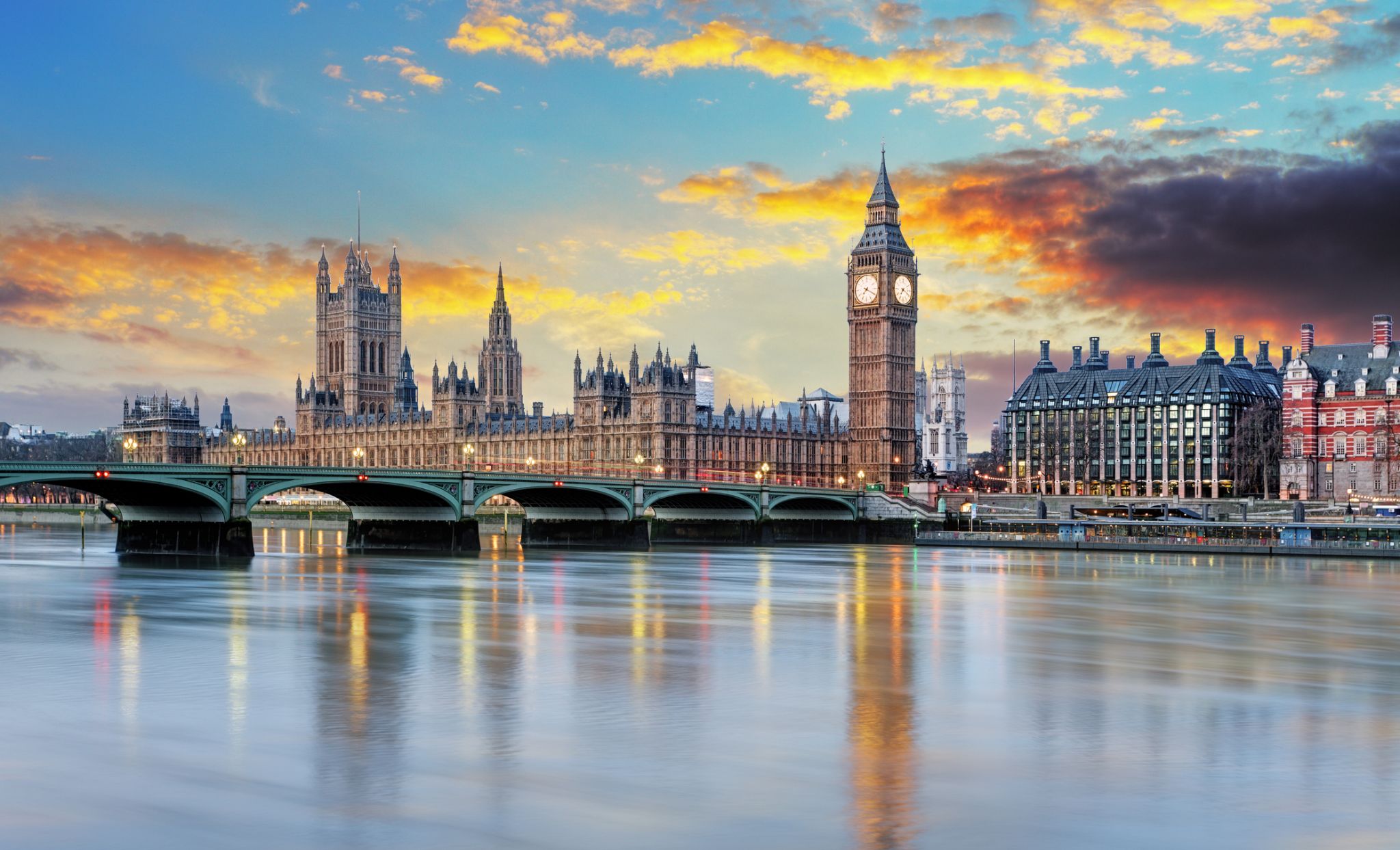 Dzień 2: 08:00-19:00
Dzień 2: 08:00-19:00Londyn / Wielka Brytania
-
 Dzień 3:
Dzień 3:Dzień na morzu / Morze
-
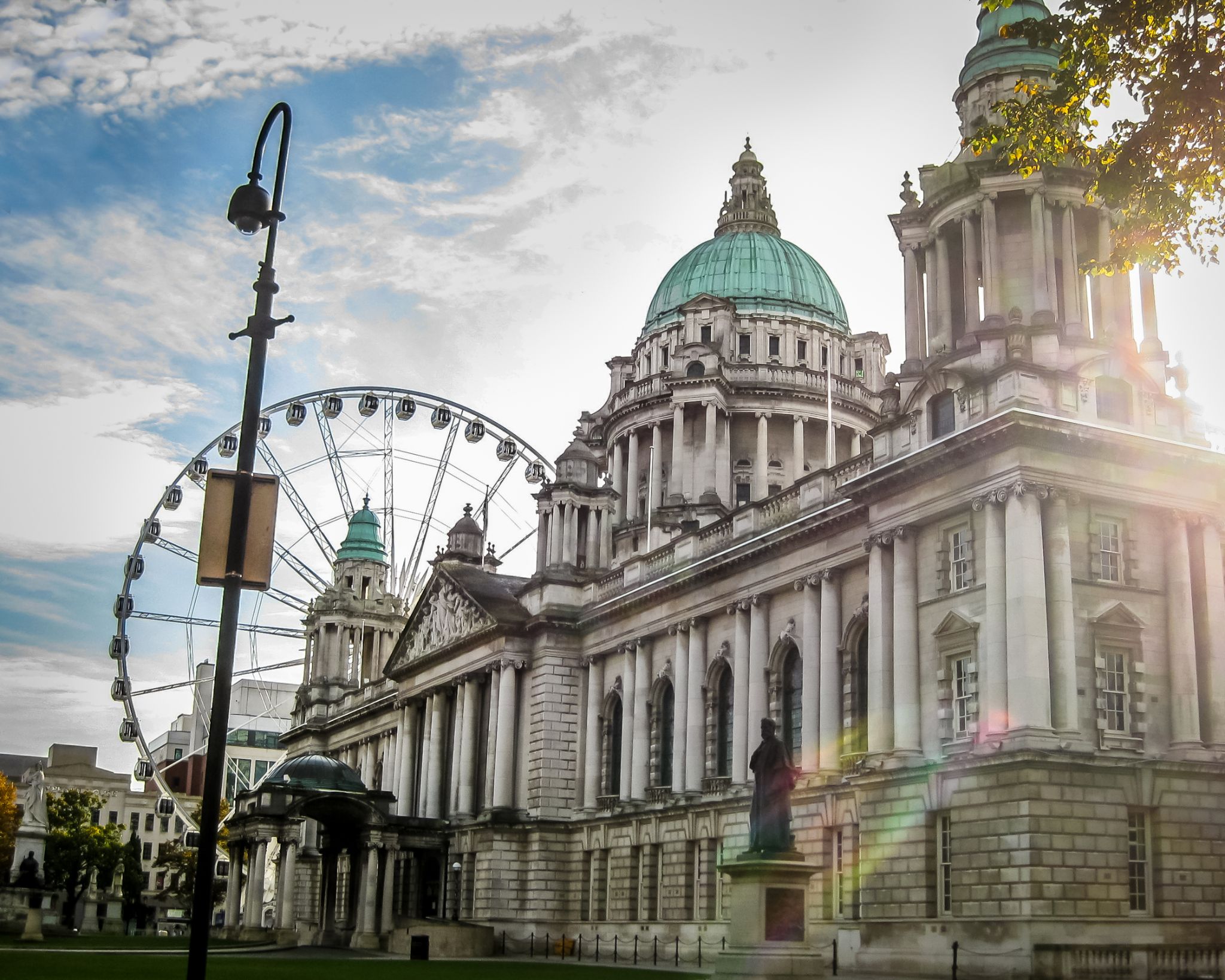 Dzień 4: 13:00-22:00
Dzień 4: 13:00-22:00Belfast / Wielka Brytania
Belfast is a port city in the United Kingdom and the capital city of Northern Ireland, on the banks of the River Lagan on the east coast of Ireland. It is the largest city in Northern Ireland and second largest on the island of Ireland. It had a population of 333,871 in 2015.
By the early 1800s Belfast was a major port. It played a key role in the Industrial Revolution, becoming the biggest linen producer in the world, earning it the nickname "Linenopolis". By the time it was granted city status in 1888, it was a major centre of Irish linen production, tobacco-processing and rope-making. Shipbuilding was also a key industry; the Harland and Wolff shipyard, where the RMS Titanic was built, was the world's biggest shipyard. It also has a major aerospace and missiles industry. Industrialisation and the inward migration it brought made Belfast Ireland's biggest city and it became the capital of Northern Ireland following the Partition of Ireland in 1922. Its status as a global industrial centre ended in the decades after the Second World War.
Belfast suffered greatly in the Troubles, and in the 1970s and 1980s was one of the world's most dangerous cities. However, the city is now considered to be one of the safest within the United Kingdom. Throughout the 21st century, the city has seen a sustained period of calm, free from the intense political violence of former years and has benefitted from substantial economic and commercial growth. Belfast remains a centre for industry, as well as the arts, higher education, business, and law, and is the economic engine of Northern Ireland. Belfast is still a major port, with commercial and industrial docks dominating the Belfast Lough shoreline, including the Harland and Wolff shipyard. It is served by two airports: George Best Belfast City Airport, and Belfast International Airport 15 miles (24 km) west of the city. It is listed by the Globalization and World Cities Research Network (GaWC) as a Gamma global city.
-
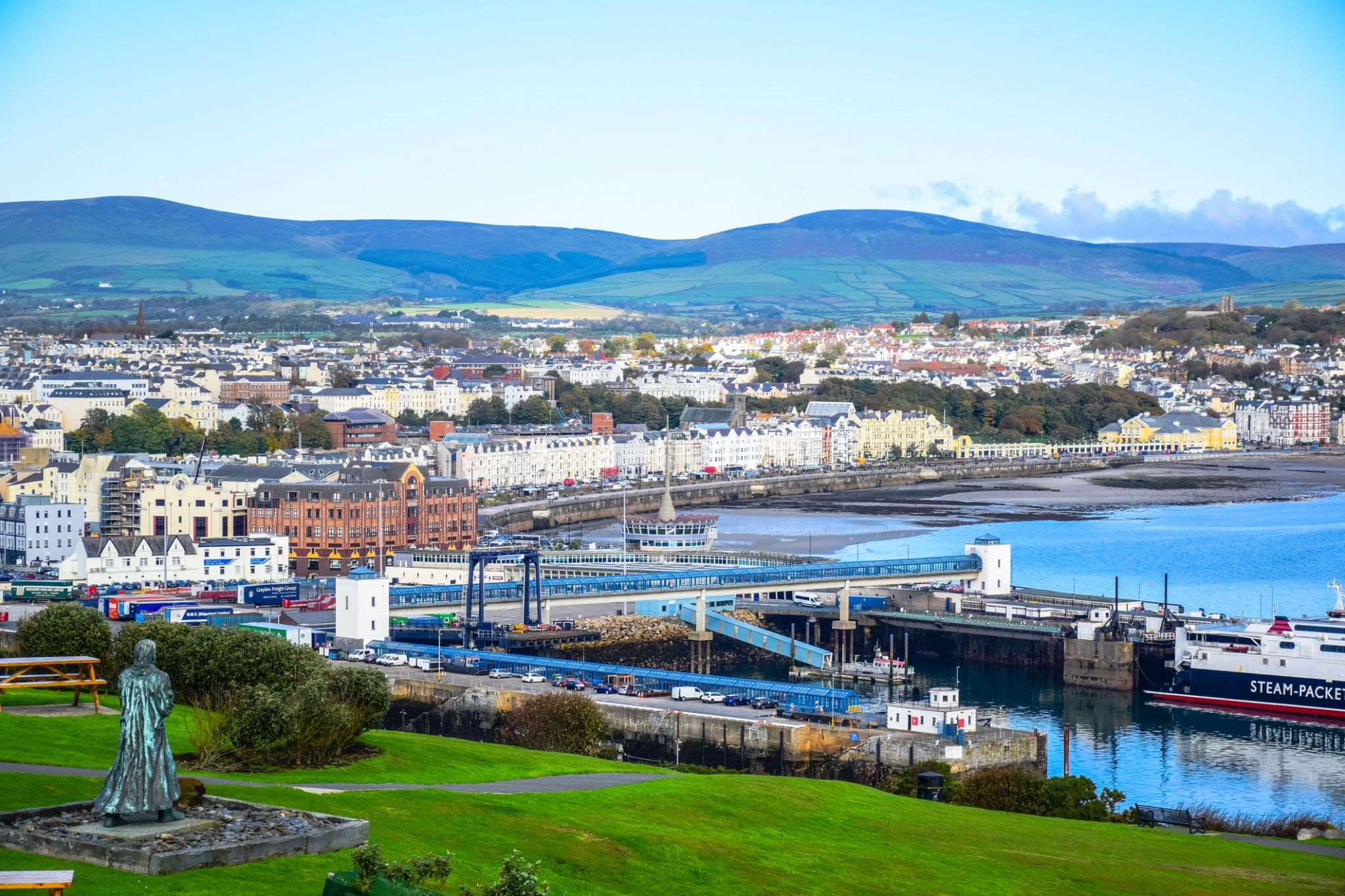 Dzień 5: 07:00-20:00
Dzień 5: 07:00-20:00Douglas / Maine Island
Douglas to stolica i największe miasto Wyspy Man, położone w Morzu Irlandzkim. Miasto, które ma bogatą historię morską, jest znane z malowniczych krajobrazów wybrzeża oraz przytulnej atmosfery. W Douglasie można spacerować po historycznej promenadzie, gdzie znajdują się zabytkowe budynki i nowoczesne kawiarnie, a także odwiedzić lokalne muzeum, które opowiada o morskiej kulturze i tradycjach wyspy. Miasto jest również znane z architektonicznych zabytków, takich jak zamek i historyczne budynki wiktoriańskie, które nadają mu wyjątkowy urok.
Okolice Douglas oferują doskonałe możliwości do aktywnego wypoczynku, w tym wędrówki, spacery wzdłuż wybrzeża i wycieczki rowerowe. Wyspa Man słynie z unikalnej przyrody, a turyści mogą podziwiać widoki na wzgórza, malownicze zatoki i tradycyjne wioski. Ten zakątek Wielkiej Brytanii przyciąga turystów swoją unikalną kulturą, starodawnymi tradycjami oraz pięknymi naturalnymi krajobrazami, co sprawia, że jest to idealne miejsce na relaksujący wypoczynek i ekscytujące podróże.
-
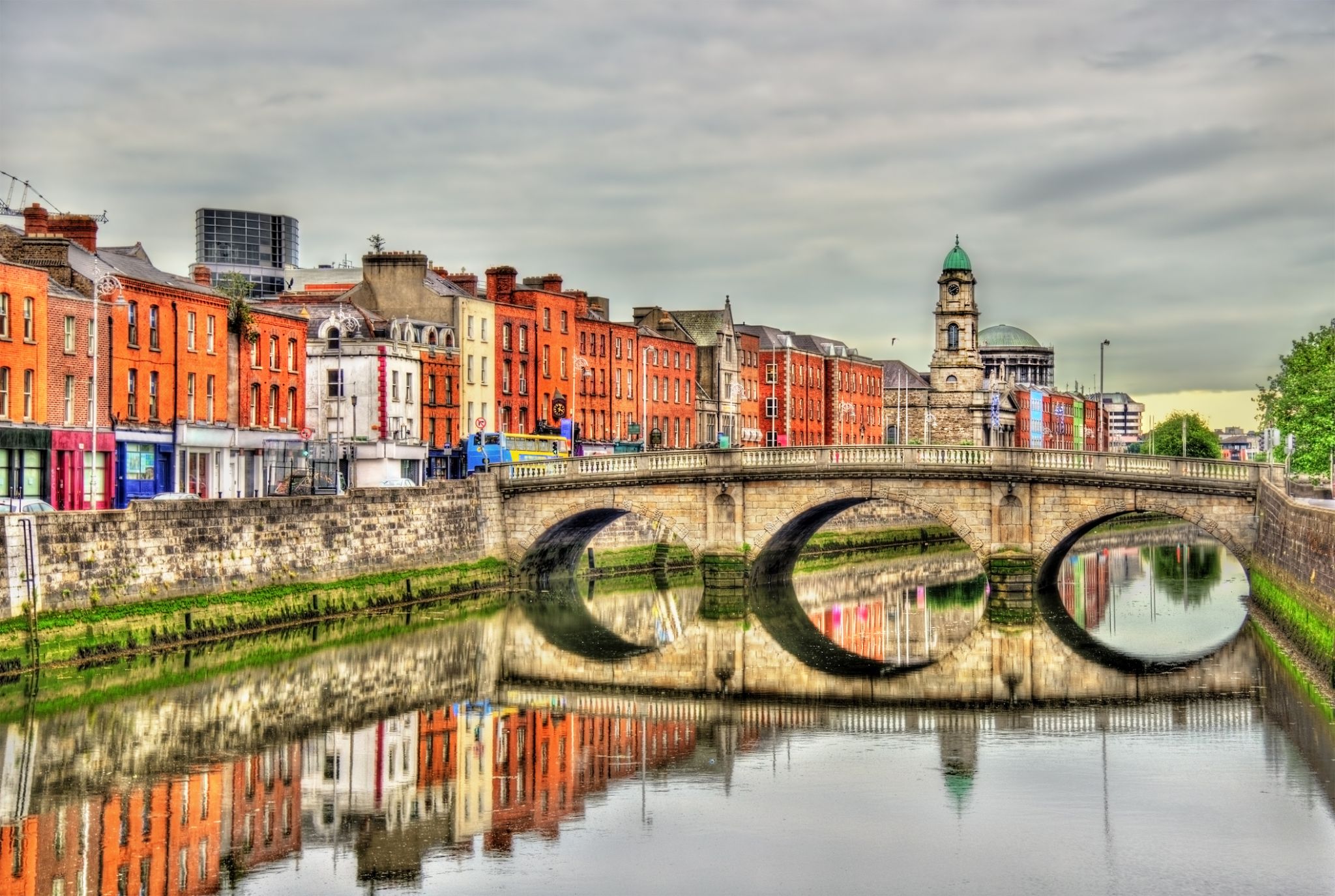 Dzień 6: 06:00-17:00
Dzień 6: 06:00-17:00Dublin / Irlandia
Dublin is the capital of, and largest city in, Ireland. It is on the east coast of Ireland, in the province of Leinster, at the mouth of the River Liffey, and is bordered on the south by the Wicklow mountains. It has an urban area population of 1,173,179, while the population of the Dublin Region (formerly County Dublin), as of 2016, was 1,347,359, and the population of the Greater Dublin area was 1,904,806.
There is archaeological debate regarding precisely where Dublin was established by Celtic-speaking people in the 7th century AD. Later expanded as a Viking settlement, the Kingdom of Dublin, the city became Ireland's principal settlement following the Norman invasion. The city expanded rapidly from the 17th century and was briefly the second largest city in the British Empire before the Acts of Union in 1800. Following the partition of Ireland in 1922, Dublin became the capital of the Irish Free State, later renamed Ireland.
Dublin is a historical and contemporary centre for education, the arts, administration and industry. As of 2018 the city was listed by the Globalization and World Cities Research Network (GaWC) as a global city, with a ranking of "Alpha -", which places it amongst the top thirty cities in the world.
-
 Dzień 7: 12:00-19:00
Dzień 7: 12:00-19:00Plymouth / Wielka Brytania
-
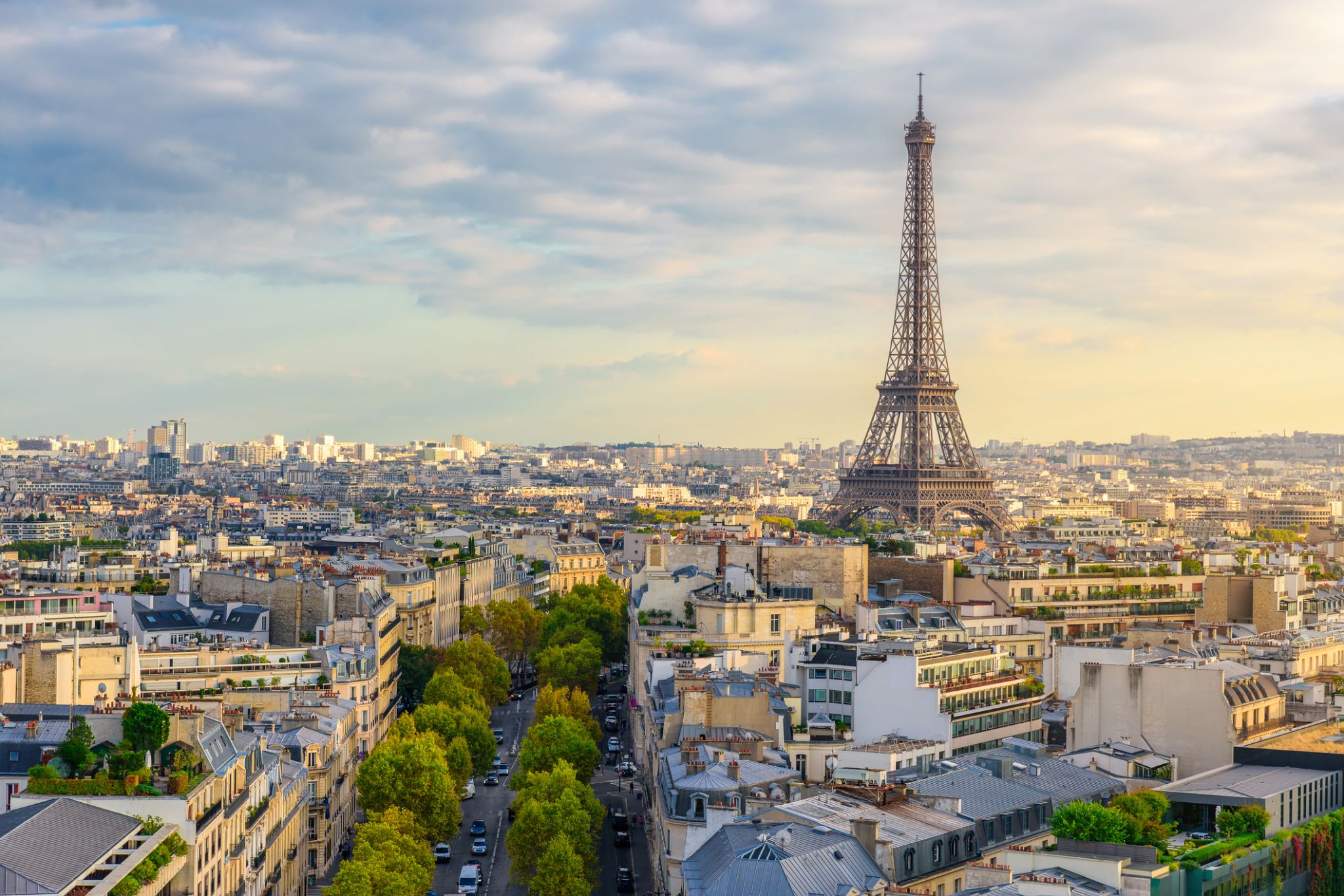 Dzień 8: 08:45-21:00
Dzień 8: 08:45-21:00Paryż / Francja
the capital of France, on the Seine River; population 2,203,817 (2006). Paris was held by the Romans, who called it Lutetia, and by the Franks, and was established as the capital in 987 under Hugh Capet. It was organized into three parts—the Île de la Cité (an island in the Seine), the Right Bank, and the Left Bank—during the reign of Philippe-Auguste 1180–1223. The city's neoclassical architecture dates from the modernization of the Napoleonic era, which continued under Napoleon III, when the bridges and boulevards of the modern city were built.
-
 Dzień 9: 11:00-21:00
Dzień 9: 11:00-21:00Dunkirk / Francja
-
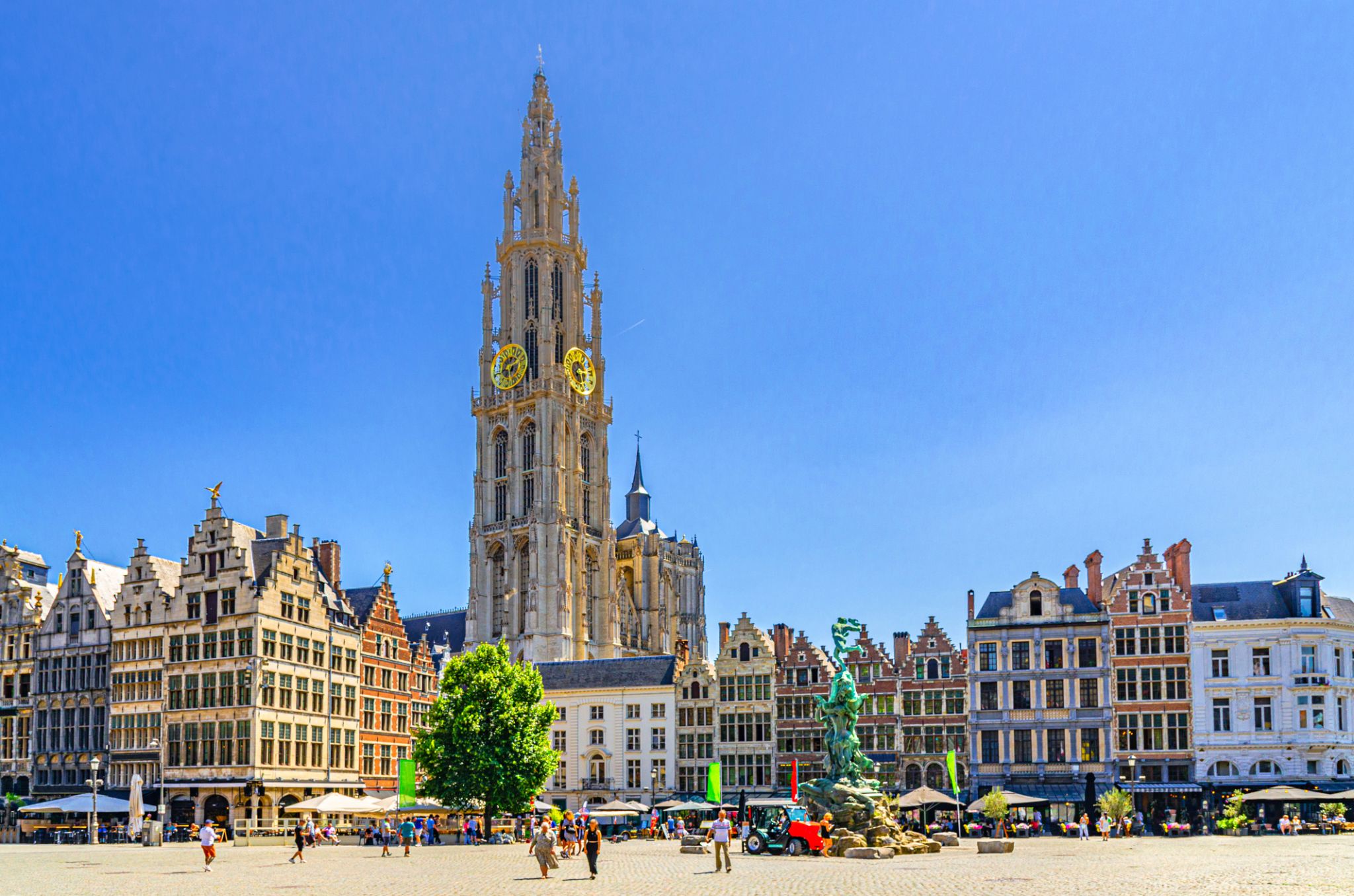 Dzień 10: 09:00
Dzień 10: 09:00Antwerpia / Belgia
a port in northern Belgium, on the Scheldt River; population 472,071 (2008). By the 16th century, it was a leading European commercial and financial center. Flemish name Antwerpen.
-
 Dzień 11: 19:00
Dzień 11: 19:00Antwerpia / Belgia
a port in northern Belgium, on the Scheldt River; population 472,071 (2008). By the 16th century, it was a leading European commercial and financial center. Flemish name Antwerpen.
-
 Dzień 12: 06:00-16:00
Dzień 12: 06:00-16:00Używany
-
 Dzień 13: 07:00-21:00
Dzień 13: 07:00-21:00Paryż / Francja
the capital of France, on the Seine River; population 2,203,817 (2006). Paris was held by the Romans, who called it Lutetia, and by the Franks, and was established as the capital in 987 under Hugh Capet. It was organized into three parts—the Île de la Cité (an island in the Seine), the Right Bank, and the Left Bank—during the reign of Philippe-Auguste 1180–1223. The city's neoclassical architecture dates from the modernization of the Napoleonic era, which continued under Napoleon III, when the bridges and boulevards of the modern city were built.
-
 Dzień 14:
Dzień 14:Dzień na morzu / Morze
-
 Dzień 15: 07:00-18:00
Dzień 15: 07:00-18:00Zatoka (Cork) / Irlandia
Cork is a city in south-west Ireland, in the province of Munster, which had a population of 125,657 in 2016.
The city is on the River Lee which splits into two channels at the western end and divides the city centre into islands. They reconverge at the eastern end where the quays and docks along the river banks lead outwards towards Lough Mahon and Cork Harbour, one of the largest natural harbours in the world.
Expanded by Viking invaders around 915, the city's charter was granted by Prince John, as Lord of Ireland, in 1185. Cork city was once fully walled, and the remnants of the old medieval town centre can be found around South and North Main streets.
The third largest city on the island of Ireland, the city's cognomen of "the rebel city" originates in its support for the Yorkist cause in the Wars of the Roses. Corkonians often refer to the city as "the real capital", a reference to its opposition to the Anglo-Irish Treaty in the Irish Civil War.
-
 Dzień 16: 07:30-17:00
Dzień 16: 07:30-17:00Dublin / Irlandia
Dublin is the capital of, and largest city in, Ireland. It is on the east coast of Ireland, in the province of Leinster, at the mouth of the River Liffey, and is bordered on the south by the Wicklow mountains. It has an urban area population of 1,173,179, while the population of the Dublin Region (formerly County Dublin), as of 2016, was 1,347,359, and the population of the Greater Dublin area was 1,904,806.
There is archaeological debate regarding precisely where Dublin was established by Celtic-speaking people in the 7th century AD. Later expanded as a Viking settlement, the Kingdom of Dublin, the city became Ireland's principal settlement following the Norman invasion. The city expanded rapidly from the 17th century and was briefly the second largest city in the British Empire before the Acts of Union in 1800. Following the partition of Ireland in 1922, Dublin became the capital of the Irish Free State, later renamed Ireland.
Dublin is a historical and contemporary centre for education, the arts, administration and industry. As of 2018 the city was listed by the Globalization and World Cities Research Network (GaWC) as a global city, with a ranking of "Alpha -", which places it amongst the top thirty cities in the world.
-
 Dzień 17:
Dzień 17:Dzień na morzu / Morze
-
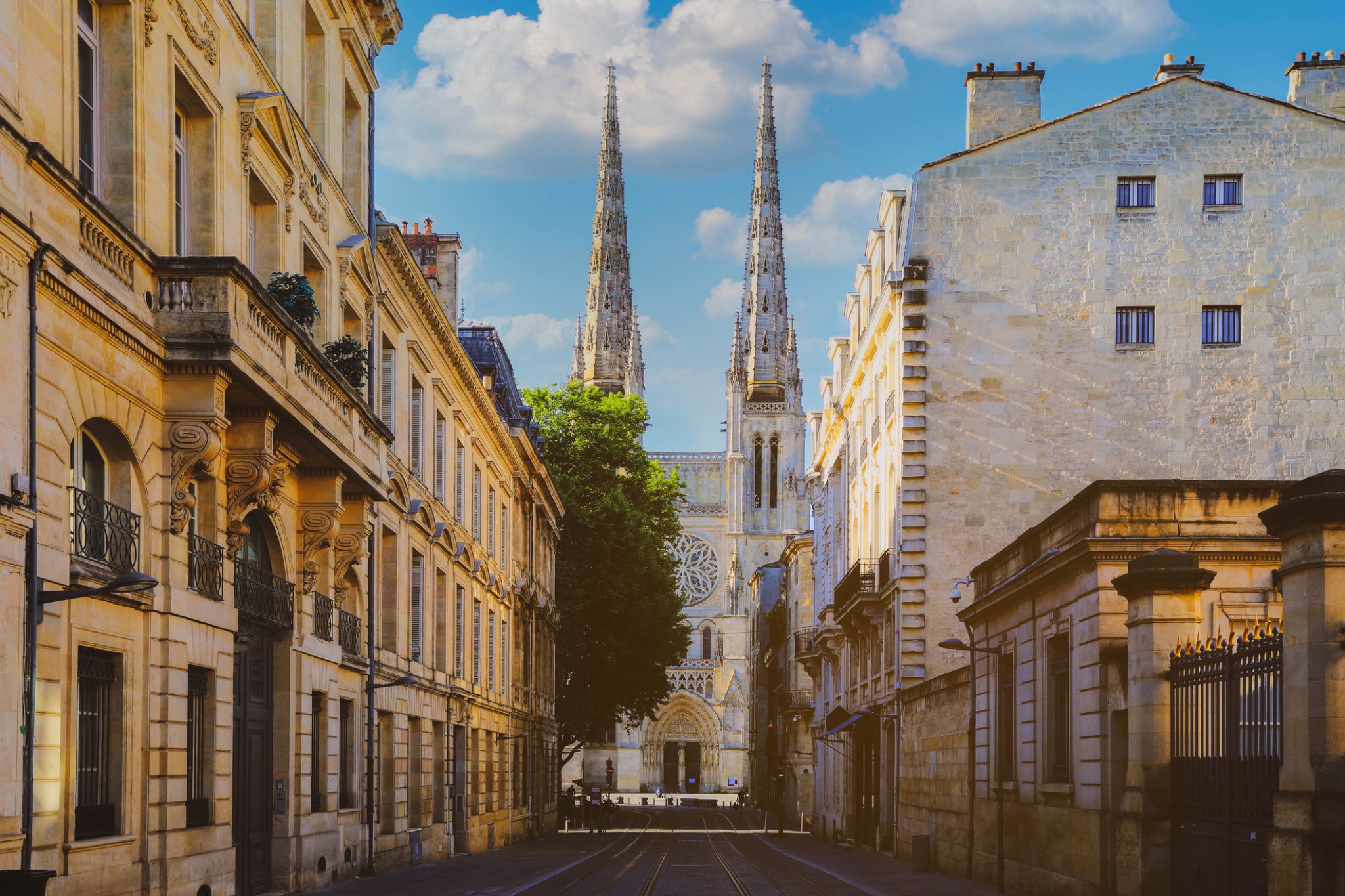 Dzień 18: 12:00
Dzień 18: 12:00Bordeaux / Francja
Bordeaux jest miastem portowym nad Garonną w departamencie Żyronda w południowo-zachodniej Francji.
Sama gmina Bordeaux liczy 246 586 mieszkańców (2014). Wraz z przedmieściami i miastami satelickimi Bordeaux jest centrum metropolii Bordeaux. Z 1 195 335 mieszkańcami w obszarze metropolitalnym jest szóstym co do wielkości we Francji, po Paryżu, Marsylii, Lyonie, Tuluzie i Lille. Jest stolicą regionu Nowa Akwitania, a także prefekturą departamentu Żyronda. Jego mieszkańców nazywa się "Bordelais" (mężczyźni) lub "Bordelaises" (kobiety). Określenie "Bordelais" może również odnosić się do miasta i jego okolic.
Będąc w centrum ważnego regionu uprawy i produkcji wina, Bordeaux pozostaje znaczącym ośrodkiem i wywiera znaczący wpływ na światową branżę winiarską, chociaż w granicach miasta nie odbywa się żadna produkcja wina. Jest siedzibą głównych światowych targów wina, Vinexpo, a gospodarka winiarska w obszarze metropolitalnym przynosi 14,5 miliarda euro rocznie. Wino z Bordeaux jest produkowane w regionie od VIII wieku. Historyczna część miasta znajduje się na Liście Światowego Dziedzictwa UNESCO jako "wyjątkowy zespół miejski i architektoniczny" z XVIII wieku. Po Paryżu Bordeaux ma największą liczbę zachowanych zabytkowych budynków spośród wszystkich miast we Francji.
-
 Dzień 19: 12:15
Dzień 19: 12:15Bordeaux / Francja
Bordeaux jest miastem portowym nad Garonną w departamencie Żyronda w południowo-zachodniej Francji.
Sama gmina Bordeaux liczy 246 586 mieszkańców (2014). Wraz z przedmieściami i miastami satelickimi Bordeaux jest centrum metropolii Bordeaux. Z 1 195 335 mieszkańcami w obszarze metropolitalnym jest szóstym co do wielkości we Francji, po Paryżu, Marsylii, Lyonie, Tuluzie i Lille. Jest stolicą regionu Nowa Akwitania, a także prefekturą departamentu Żyronda. Jego mieszkańców nazywa się "Bordelais" (mężczyźni) lub "Bordelaises" (kobiety). Określenie "Bordelais" może również odnosić się do miasta i jego okolic.
Będąc w centrum ważnego regionu uprawy i produkcji wina, Bordeaux pozostaje znaczącym ośrodkiem i wywiera znaczący wpływ na światową branżę winiarską, chociaż w granicach miasta nie odbywa się żadna produkcja wina. Jest siedzibą głównych światowych targów wina, Vinexpo, a gospodarka winiarska w obszarze metropolitalnym przynosi 14,5 miliarda euro rocznie. Wino z Bordeaux jest produkowane w regionie od VIII wieku. Historyczna część miasta znajduje się na Liście Światowego Dziedzictwa UNESCO jako "wyjątkowy zespół miejski i architektoniczny" z XVIII wieku. Po Paryżu Bordeaux ma największą liczbę zachowanych zabytkowych budynków spośród wszystkich miast we Francji.
-
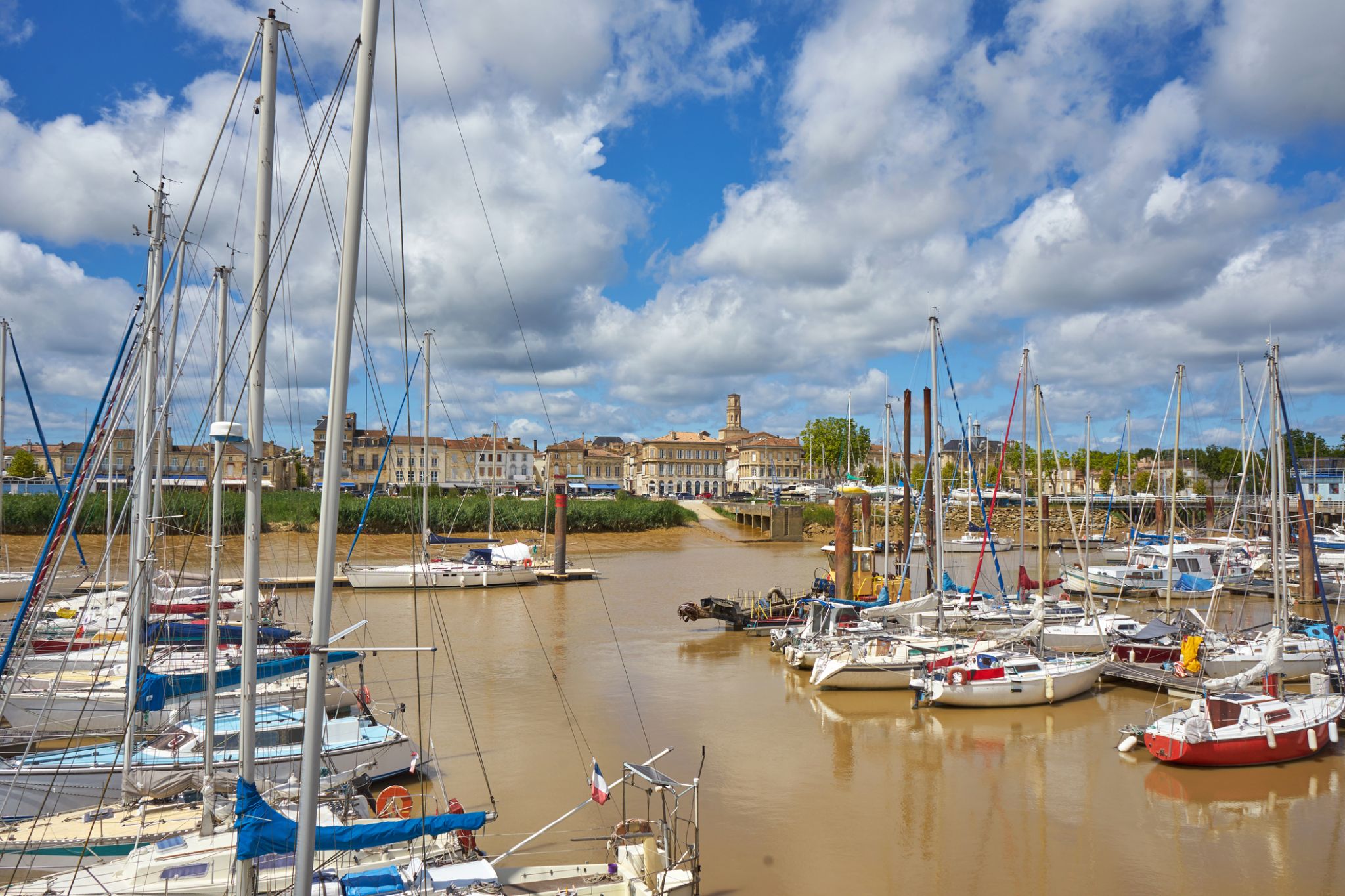 Dzień 19: 15:00-19:00
Dzień 19: 15:00-19:00Pauillac / Francja
-
 Dzień 20: 09:00-19:00
Dzień 20: 09:00-19:00San Sebastian La Gomera San Sebastian la Gomera / Hiszpania
-
 Dzień 21: 08:00-18:00
Dzień 21: 08:00-18:00Gijon / Hiszpania
-
 Dzień 22:
Dzień 22:Dzień na morzu / Morze
-
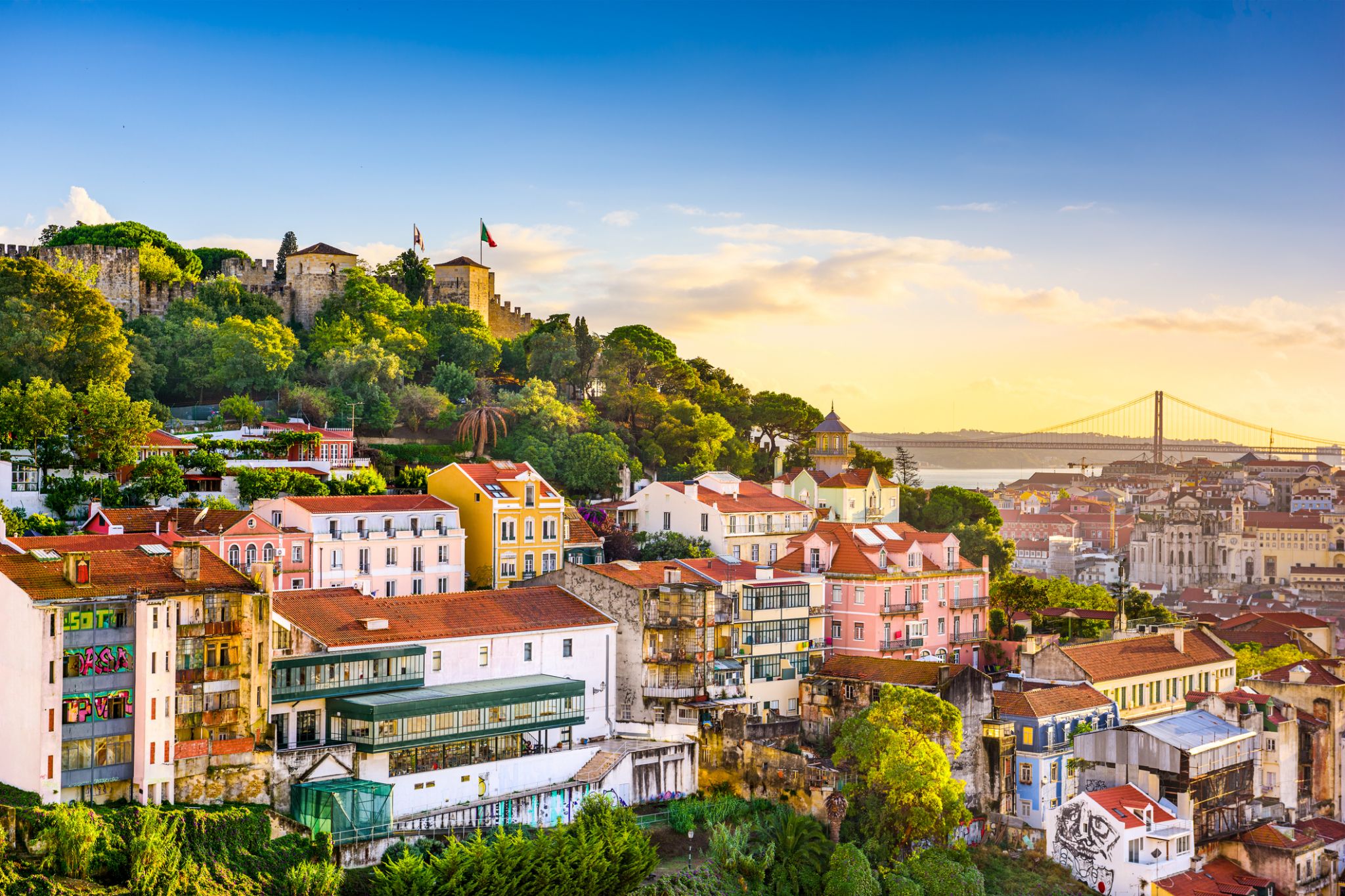 Dzień 23: 06:00-18:00
Dzień 23: 06:00-18:00Lizbona / Portugalia
Lizbona jest stolicą i największym miastem Portugalii, z szacowaną populacją 505 526 mieszkańców w granicach administracyjnych na obszarze 100,05 km². Jej obszar miejski rozciąga się poza granice administracyjne miasta i liczy około 2,8 miliona mieszkańców, co czyni go jedenastym najbardziej zaludnionym obszarem miejskim w Unii Europejskiej. Około 3 milionów ludzi mieszka w aglomeracji lizbońskiej (która stanowi około 27% populacji kraju). Jest to najbardziej wysunięta na zachód stolica kontynentalnej Europy i jedyna położona nad Oceanem Atlantyckim. Lizbona leży na zachodnim Półwyspie Iberyjskim nad Oceanem Atlantyckim i rzeką Tag. Najbardziej wysunięte na zachód obszary jej aglomeracji tworzą najbardziej wysunięty na zachód punkt kontynentalnej Europy, znany jako Cabo da Roca, położony w górach Sintra.


